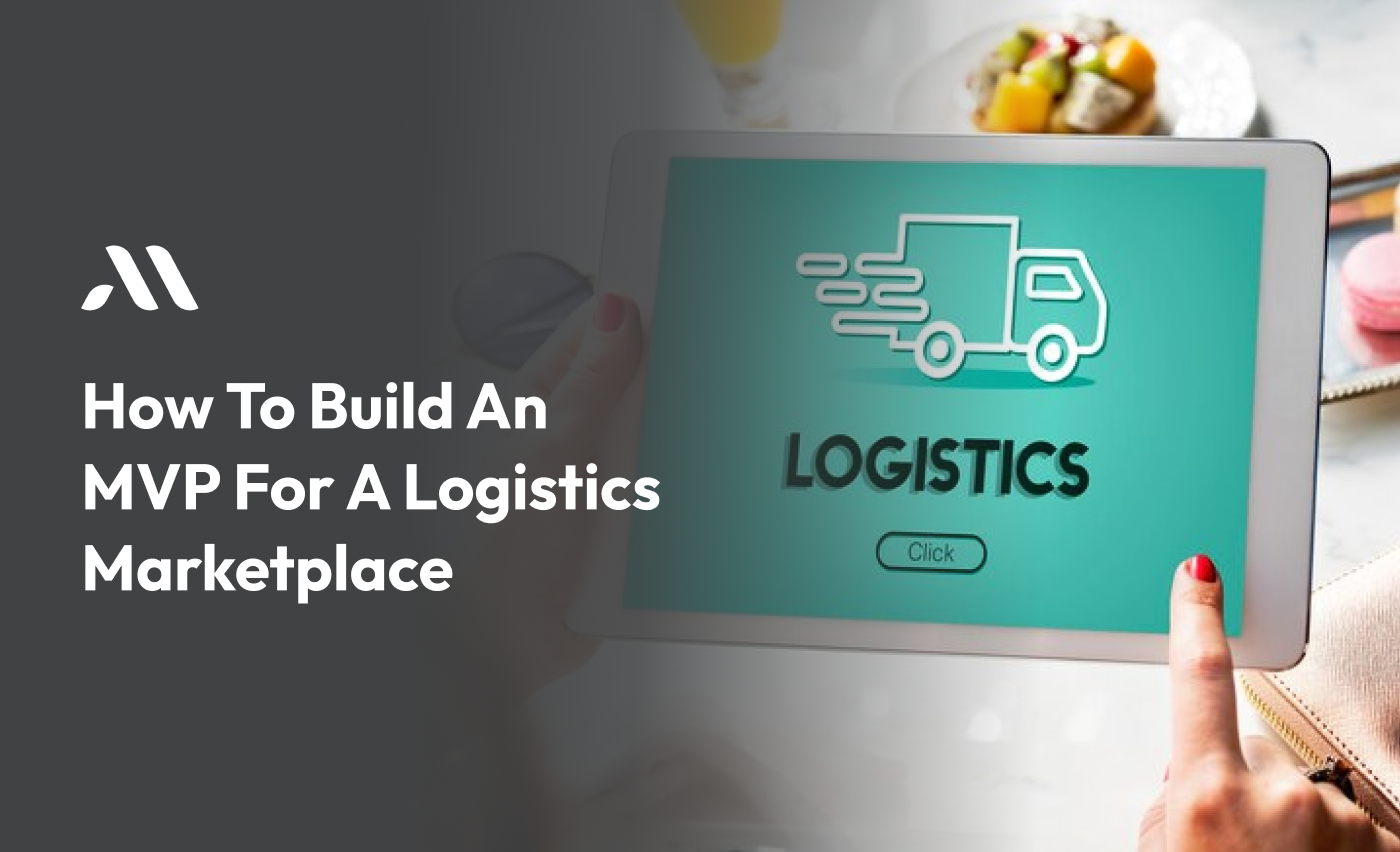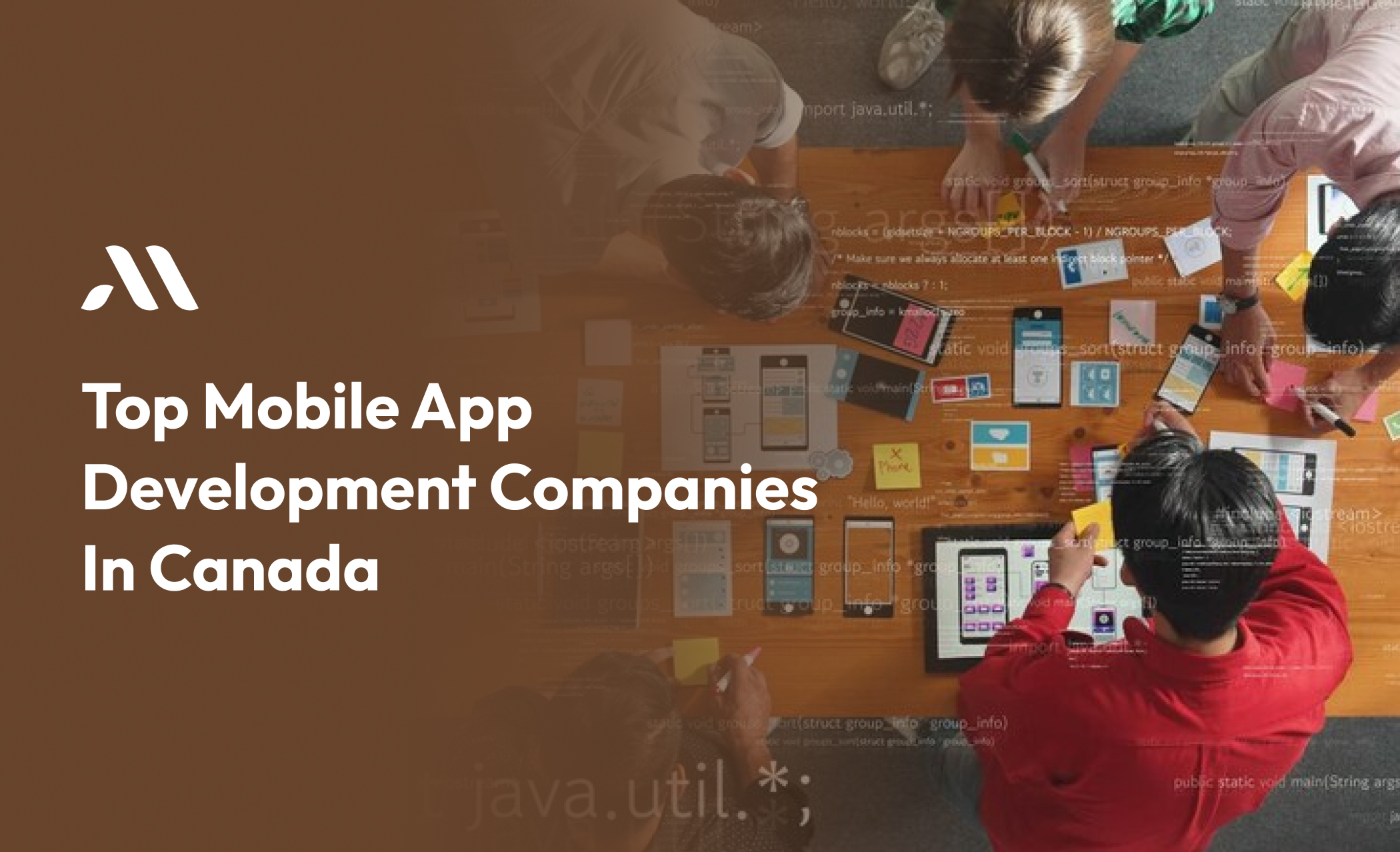Building a Minimum Viable Product (MVP) is the first crucial step when launching a logistics marketplace. It helps you test your idea, gather user feedback, and optimize the final product with minimal resources. Whether you’re a logistics business owner or an entrepreneur looking to enter the logistics industry, understanding how to build an MVP is vital.
In this article, we’ll cover everything you need to know about creating an MVP for a logistics marketplace. By the end, you’ll be able to understand why MVP development is essential, how to go about it, and the benefits it brings to your business.
A study by Startup Genome found that 74% of high-growth internet startups fail due to premature scaling, which an MVP helps you avoid.
What Is an MVP?
An MVP, or Minimum Viable Product, is a simplified version of your full product. It contains only the core features necessary to solve the problem your logistics marketplace aims to address. The idea behind building an MVP is to launch a product with just enough features to satisfy early customers while gathering feedback for future development.
For example, if you want to build a logistics marketplace, the MVP could include basic features like:
- User registration and profiles
- Search and booking options for transport services
- Order tracking
Building an MVP is a smart way to avoid investing too much time and money upfront. By testing your logistics marketplace idea in the real world, you can see what works and what doesn’t, saving time and resources in the long run.
Why Build an MVP for a Logistics Marketplace?
When starting a logistics marketplace, it’s tempting to try and include every feature from the start. However, this can delay your launch and increase costs significantly. Building an MVP allows you to test your idea with the essential features before you invest in a full-fledged product. Here are a few key reasons why you should build an MVP:
Cost-Efficiency: Developing a full marketplace solution requires substantial investment. With an MVP, you only invest in critical features, reducing upfront costs.
Quicker Time-to-Market: Time is money. Building an MVP lets you launch your logistics marketplace faster, which helps you grab market share before competitors.
User Feedback: An MVP helps you gather feedback from real users. This feedback is crucial for improving and optimising your logistics marketplace before scaling up.
Testing Market Demand: By launching an MVP, you can test whether there is enough demand for your logistics marketplace and adjust your business model based on actual customer behavior.
According to CB Insights, 42% of startups fail due to lacking market need. MVP development allows you to assess the market demand and adjust your offering based on real-world data.
“You don’t need to be perfect, you just need to start.” — Reid Hoffman, Co-founder of LinkedIn
Key Features to Include in Your Logistics Marketplace MVP
When building an MVP for a logistics marketplace, you need to focus on the most essential features. Here are the key components you should include:
1. User Registration and Authentication
Your logistics marketplace should have a simple and secure user registration system. Users need to be able to create accounts, log in, and access their profiles easily.
2. Search Functionality
The search function is vital for your logistics marketplace. Customers need to find the right transportation service, whether it’s a truck, van, or any other logistics option. The search function should filter results based on location, service type, and availability.
3. Booking and Scheduling
Once users find the right service, they should be able to book it easily. This feature should include date and time selection, booking confirmation, and payment integration.
4. Order Tracking
Order tracking is crucial for a logistics marketplace. Customers want to know where their goods are and when they will be delivered. Even in the MVP stage, you should have a basic tracking system in place.
5. Payment System
Secure payment processing is necessary for any marketplace. Your MVP should support multiple payment options such as credit cards, digital wallets, and bank transfers.
6. Rating and Reviews
Allowing customers to leave reviews and ratings will help build trust within your logistics marketplace. This feature enables users to make informed decisions and also improves the quality of service offered by transport providers.
Steps to Build an MVP for a Logistics Marketplace
To build an MVP effectively, follow these steps:
Step 1: Conduct Market Research
Before building an MVP, do thorough market research. Find out what problems your target audience faces and how your logistics marketplace can solve them. Understanding your competitors is also essential. Identify what features other logistics marketplaces offer and see how you can improve on them.
Step 2: Define Core Features
Based on your market research, identify the core features that will go into your MVP. For a logistics marketplace, these could include user registration, search functionality, and booking services. Prioritize features that will have the most significant impact on user experience.
Step 3: Choose the Right Technology Stack
Selecting the right technology stack is important for the smooth development of your MVP. Whether you’re building a mobile app or a web-based platform, ensure that the technology you use is scalable and secure.
If you’re not tech-savvy, partnering with an MVP development company can help you choose the right tools and frameworks. They can guide you through the technical aspects and ensure your MVP is built efficiently.
Step 4: Develop the MVP
Once you have the features and technology stack defined, you can move into the development phase. This stage involves building the front-end (user interface) and back-end (server, database) of your logistics marketplace.
Step 5: Test the MVP
Before launching your MVP, it’s critical to test it for any bugs or issues. Conduct user testing to ensure the functionality is smooth, the user interface is intuitive, and all core features work as expected.
Step 6: Launch and Gather Feedback
After testing, it’s time to launch your MVP. Don’t expect everything to be perfect at this stage; the goal is to learn. Gather as much feedback as possible from early users, and use that feedback to make improvements in future iterations.
Also Read - How to Gather and Use Feedback on MVP
Tips for Successful MVP Development
Keep it Simple: Focus on the core features that will provide the most value to users. Avoid overloading your MVP with unnecessary features.
Listen to Your Users: Feedback from real users is invaluable. Use it to make improvements and add new features in future versions.
Partner with an MVP Development Company: If you lack technical expertise, working with an MVP development company can help you build a robust and scalable MVP for your logistics marketplace.
Iterate Quickly: The sooner you release updates and improvements, the better. Keep testing and refining your MVP to ensure it meets your customers' needs.
Remember: The goal of an MVP is not to launch a perfect product but to test the market with the minimum set of features.
Final Thoughts
Building an MVP for a logistics marketplace is an efficient way to test your idea, gather feedback, and minimize risks. Focus on delivering the core features that your target audience needs. This approach will help you develop a better understanding of the market and create a product that resonates with your users.
Ready to turn your logistics marketplace idea into reality? MicraSol is here to help! Our expert team specializes in MVP development to get your app up and running fast. Let’s build the core features you need to succeed without wasting time or money. Contact MicraSol today and start growing!
Remember, it’s better to start small and iterate quickly rather than trying to launch a fully developed product all at once. By building an MVP, you can save time, money, and effort while increasing your chances of success in the competitive logistics marketplace.
FAQS
What is an MVP?
An MVP, or Minimum Viable Product, is a simple version of your product with just the basic features. It allows you to test your idea and get feedback from users without spending too much time or money. For a logistics marketplace, it could include features like user registration, booking, and order tracking.
Why should I build an MVP for my logistics marketplace?
Building an MVP lets you test your idea quickly without wasting resources. It helps you learn what your customers want and saves you from creating features that may not be needed. You can launch sooner, gather feedback, and improve your marketplace based on real user data.
How long does it take to build an MVP for a logistics marketplace?
The time it takes to build an MVP depends on the features you include, but generally, it can take a few weeks to a couple of months. Starting with the basic features speeds up the process, and you can add more features later based on customer feedback.
How does an MVP help save money?
By building only the most important features first, you avoid spending money on unnecessary extras. This helps you test your idea with minimal costs and lets you improve the product based on user feedback instead of guessing what will work.
Can I build an MVP without coding experience?
Yes, if you're not familiar with coding, you can partner with an MVP development company. They will help you choose the right technology and build the MVP for you. This is a great way to make sure your logistics marketplace MVP is done right.








